Monday 10th to Wednesday 19th April
The third island which we anchored off, Isabela, was our favourite. It is the most starkly beautiful of the islands of the Galápagos that we visited and also the least touristy. Only four of the 13 main islands that make up the archipelago are inhabited and although Isabela is by far the largest its population is less than 2000 people. Up until 2005 there had been resistance to tourism in Isabela, the people mainly making a living by fishing. In 2005 one of the six volcanoes on the island, Volcan Sierra Negra, erupted which brought tourists wanting to view this phenomenon – hundreds of thousands of tonnes of molten lava flowing in to fill the caldera with red-hot lava. As the fisherman were by now struggling to maintain a living, with the harvesting of sea cucumbers banned and the stocks of lobsters that they fished becoming depleted, the people started to welcome the tourists.
We were anchored in a pretty bay ringed by a low, flat volcanic islets and reefs which provide shelter from the wind and tide. There were another ten yachts already at anchor when we arrived including friends Ian and Steph on Nautilus. By the small jetty where ferries from Santa Cruz and tour boats discharge their passengers is a small beach with sea lions lazing in the shade of trees feeding their young and, along the path from the dock, you need to take care not trip over a marine iguana.
It is a short walk to the main, and only, town of Villamil, still more village than town despite its rapid expansion in the last ten years, with sandy roads and a profusion of hostels, restaurants and tour shops. It is situated on a most wonderful long white-sand beach which stretches away to the horizon, backed by dunes. Pelicans and boobies fish by dive bombing into the rolling surf. Marine iguanas bask in the sun along with sunbathers from nearby hotels.
The great majority of the island of Isabela is inaccessible by land as there are few roads and tourism is strictly limited to certain official visitors sites. Because of the increasing influx of people to the Galápagos and with a need to preserve the fragile ecosystem, the places that tourists can visit are strictly regulated and visits must, on the whole, be done with a qualified guide, as part of a tour group or on a tour boat. To reach the west and north of the island, where much of the most interesting wildlife is to be found, necessitates a live-aboard boat trip which we had decided not to do, not wanting to leave Vega at anchor unattended for several days. We arranged to do some day tours through a company called Pahoehoe (the name describes a type of volcanic lava which forms with a swirling or ribbed appearance – in contrast to Aa lava which is sharp and stony). From Villamil there were also several places we could visit on foot or by bicycle.
At the entrance to the bay where we were anchored is Los Tintoreras, a small low lying volcanic island frequented by blue footed boobies. We paddled out in a kayak, with guide Ricardo who was knowledgeable and enthusiastic about the geology and marine life of Isabela. Red and white mangrove fringe the islands, the seeds of the mangroves only having reached the Galápagos from the mainland some 300 years ago. In a sheltered bay we snorkelled with marine iguanas, sea turtles and small black tipped sharks, saw diamond rays feeding on the bottom and a solitary, small Galápagos penguin that was shooting to and fro around the bay chasing a huge school of little silver fish. Ricardo told us how penguin numbers here are on the decrease due to global warming. They lay their eggs on open volcanic rock and one parent will sit on the egg to protect it from the hot sun. Every so often the adult needs to go into the sea for 20 minutes or so to cool off from the sun and in that time the eggs can cook in the heat. If the population size becomes critical it is envisaged that the eggs will have to be protected, by removing them for incubation or by building shelters to shade from the sun.
The following day we joined a small group of backpackers on a boat trip to Los Tuneles in the south of the island. On the passage over we spotted in the distance massive manta rays, two to three meters in size, leaping feet into the air and, close up as we approached them, floating just below the surface showing their wing tips and white bellies. Los Tuneles is a striking landscape of black volcanic rock, strange but beautiful lava formations, giant cacti and clear azure water, where broken lava tubes form bridges over the calm water, protected from the ocean breakers by a reef. We snorkelled with turtles, spied on white tipped sharks sleeping in underwater caves, hunted around the mangrove roots, unsuccessfully, for the seahorses that live there. A couple of little Galápagos penguins were asleep in the sun. As we dived down and through underwater tunnels and arches there were stingrays wafting gently along the sandy bottom of the bay.
It was mating season for the blue footed boobies and we watched as a courting pair performed their elaborate routine. He would win her by waddling around, lifting his feet high to show his prospective mate how blue they were, then spreading his wings to demonstrate his strength and perfection. Finally after watching with interest for a while she accepted his advances and they were a couple. They didn’t seem at all bothered by the boat of tourists who had stopped right by them to watch and take photographs.
The trek up to the rim of the crater of Volcán Sierra Negra was a gentle 3km walk from where the truck dropped our tour group from Ecuador, USA, Brazil and us, from the UK. As we arrived the low cloud obscuring the 10 mile diameter crater started to clear, revealing a massive expanse of dark solidified lava at the floor of the crater, rimmed by low lying green hills. Only snakes and lizards can survive in the crater, it is too soon after the eruption in 2005 for soil to start to fill it and for plant life to grow back. Continuing another 5km around the rim the path continued on to Volcán Chico, a small crater with fumaroles in a dramatic and harsh volcanic landscape of black, red and rust coloured lava.
We hired bicycles to visit the Muro de las Lágrimas, the Wall of Tears, an hour’s bike ride along a rough track through a wilderness of scrubby shrubs and spiny trees, home to giant tortoises. Between 1946 and 1959 there was a penal colony at this spot on Isabela and the prisoners were forced to work in the burning equatorial sun to heave huge rocks of black lava to build this massive wall, 100 meters long. The only purpose in building a wall in this desolate spot was to punish the prisoners and to keep them occupied. A death sentence for the weak and today a monument to an infamous chapter in the island’s history.
Before leaving Isabela for our Pacific crossing we visited the weekly fruit and vegetable market to stock up. We filled bags with onions, tomatoes, green peppers, a huge pumpkin, beetroot, spring onion, pineapple, bananas, mangoes and passion fruit. The supermarkets here were basic but we had done most of our provisioning in Panama and hoped to catch a few fish along the way. In between being good tourists and getting Vega ready for the Pacific crossing we drank mojitos in the Booby Trap bar and had a couple of meals out in Villamil.
We are now getting ready to leave tomorrow for the 3000 mile sail to the Marquesas in French Polynesia which should take three to four weeks, dependent on the wind and tides. This is the longest passage that a cruising yacht is likely to make on a world circumnavigation. I am a bit nervous but looking forward to exploring the South Pacific Islands. The rugged beauty of the Marquesas is unmatched according to Captain Cook, Paul Gauguin, Robert Louis Stephenson, Paul Theroux and many others.
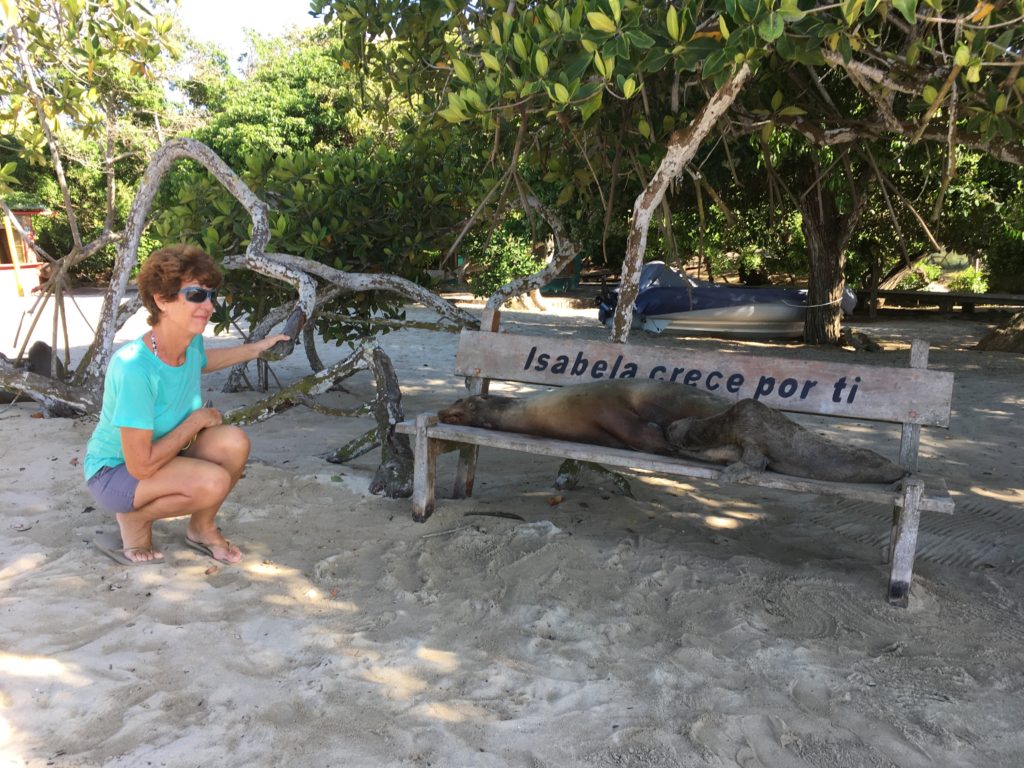
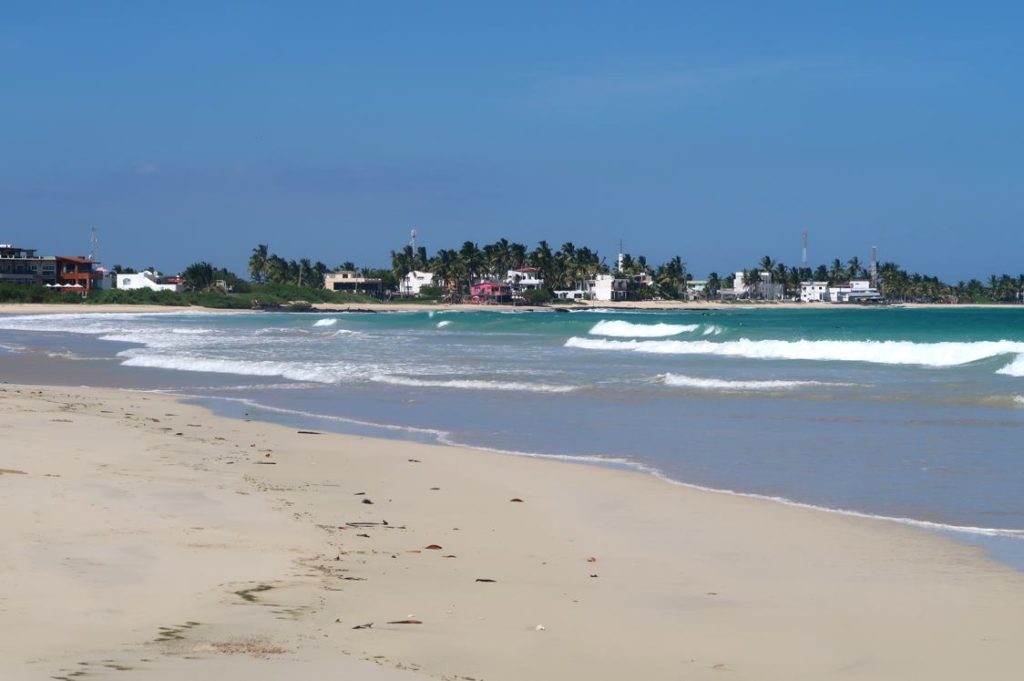
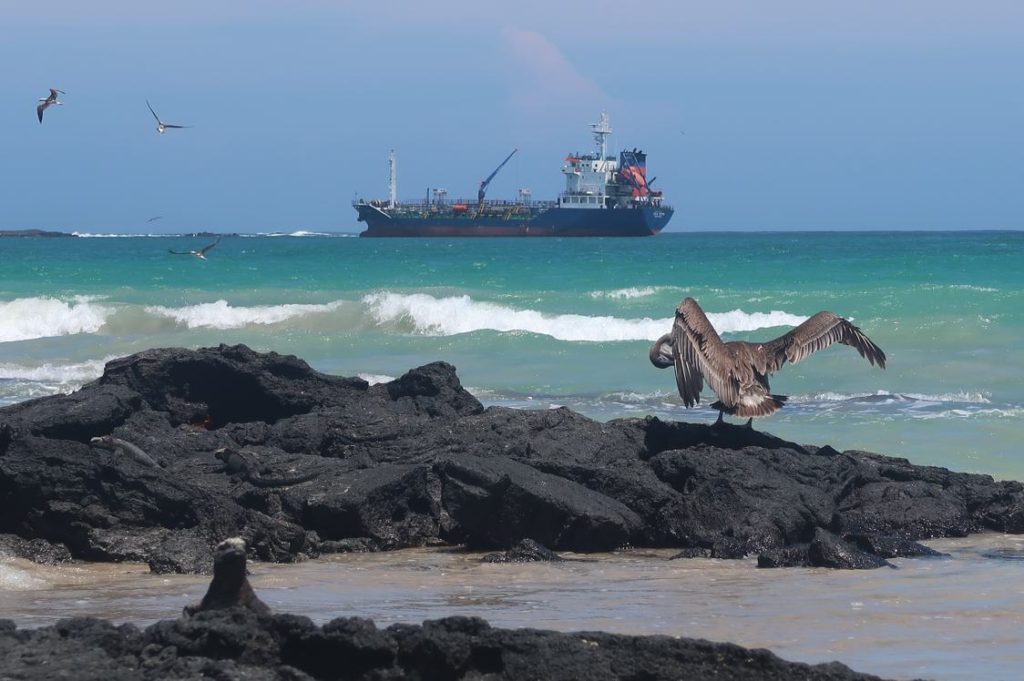
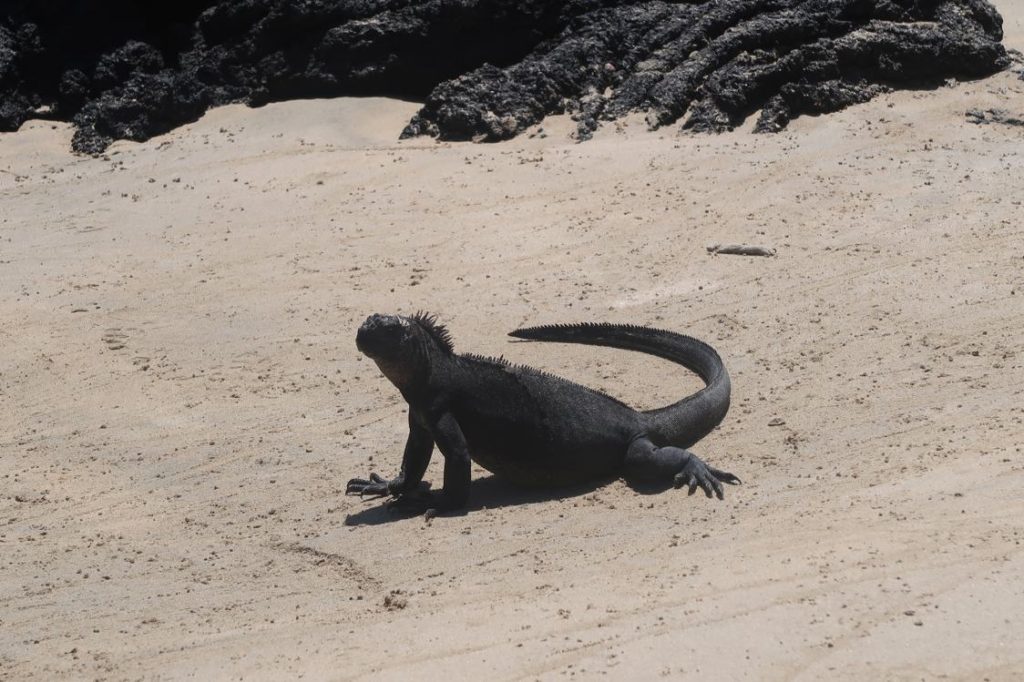
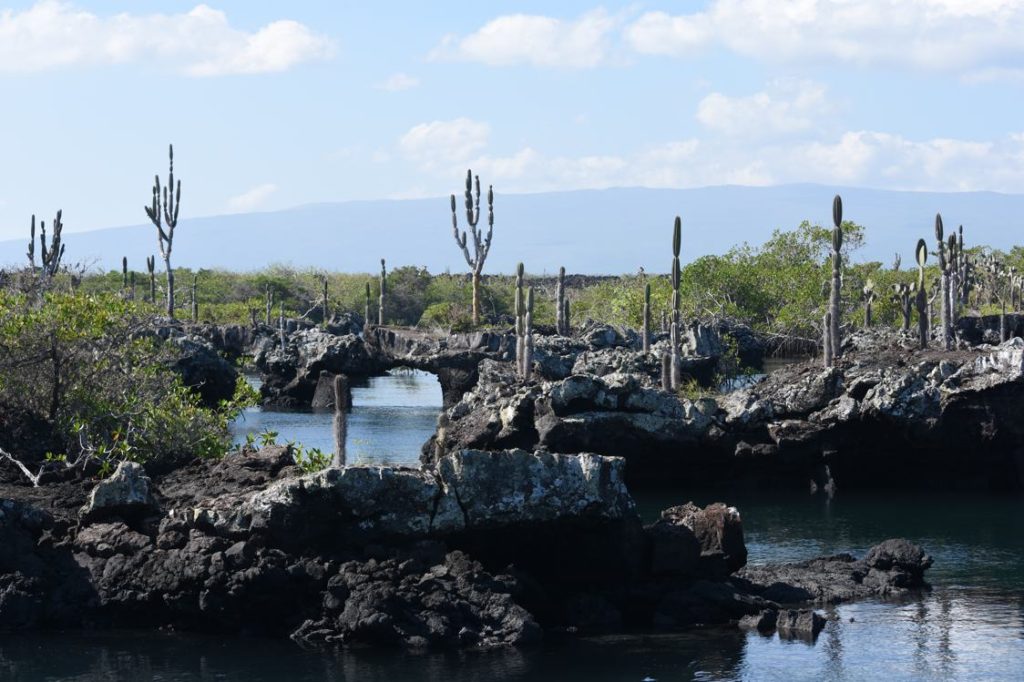
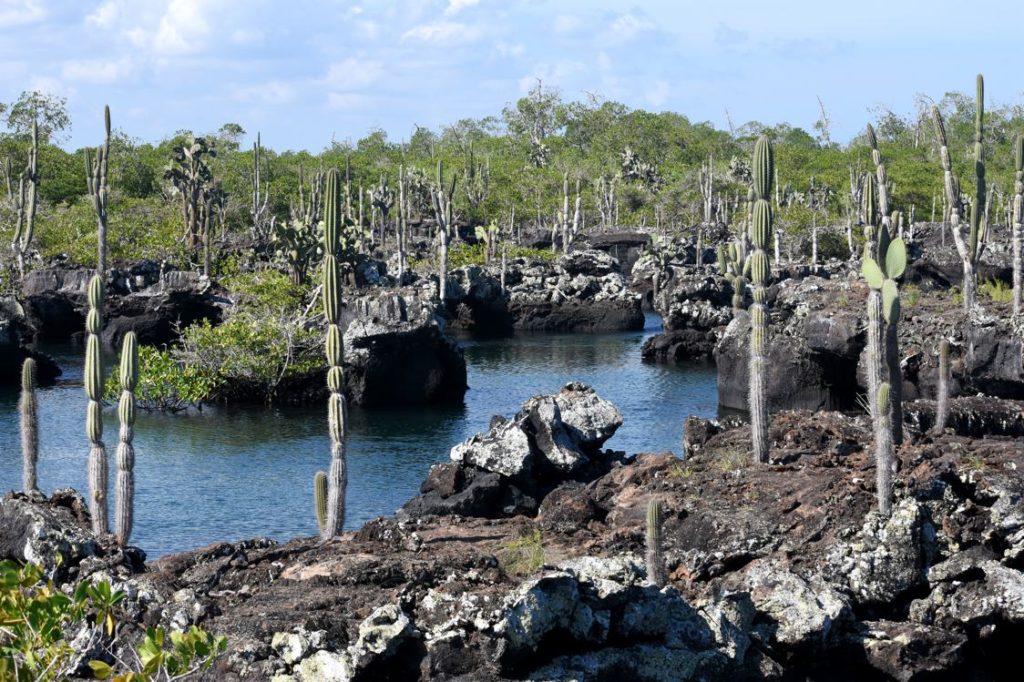
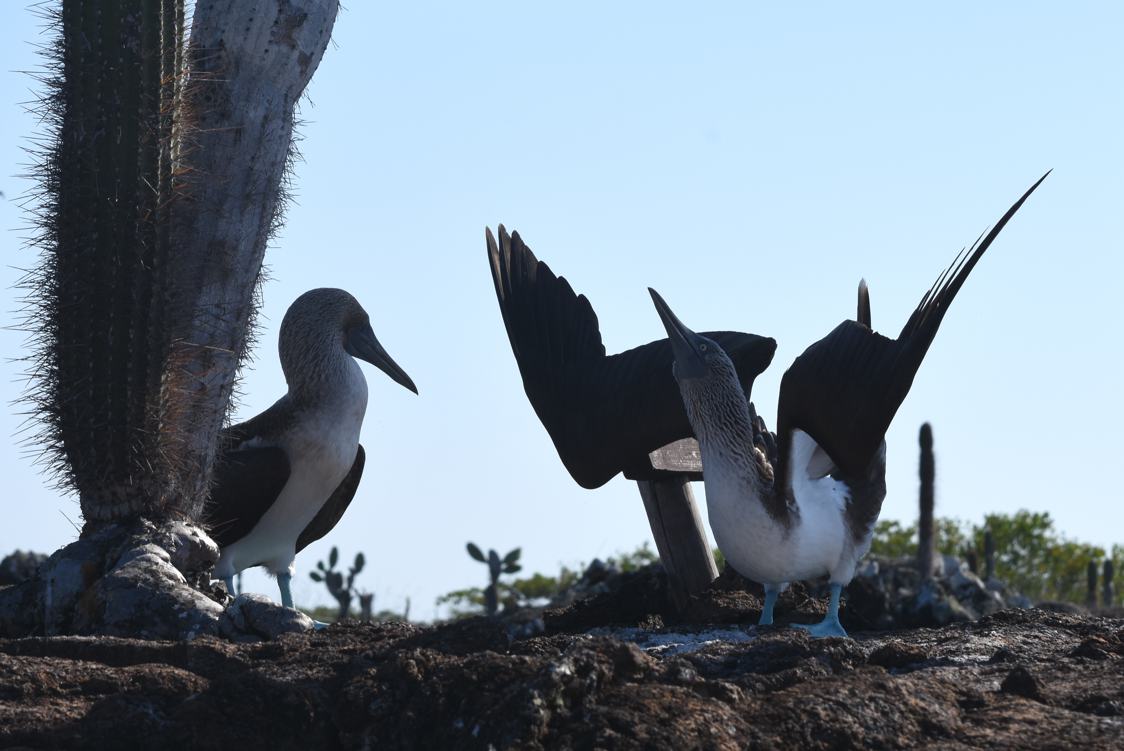
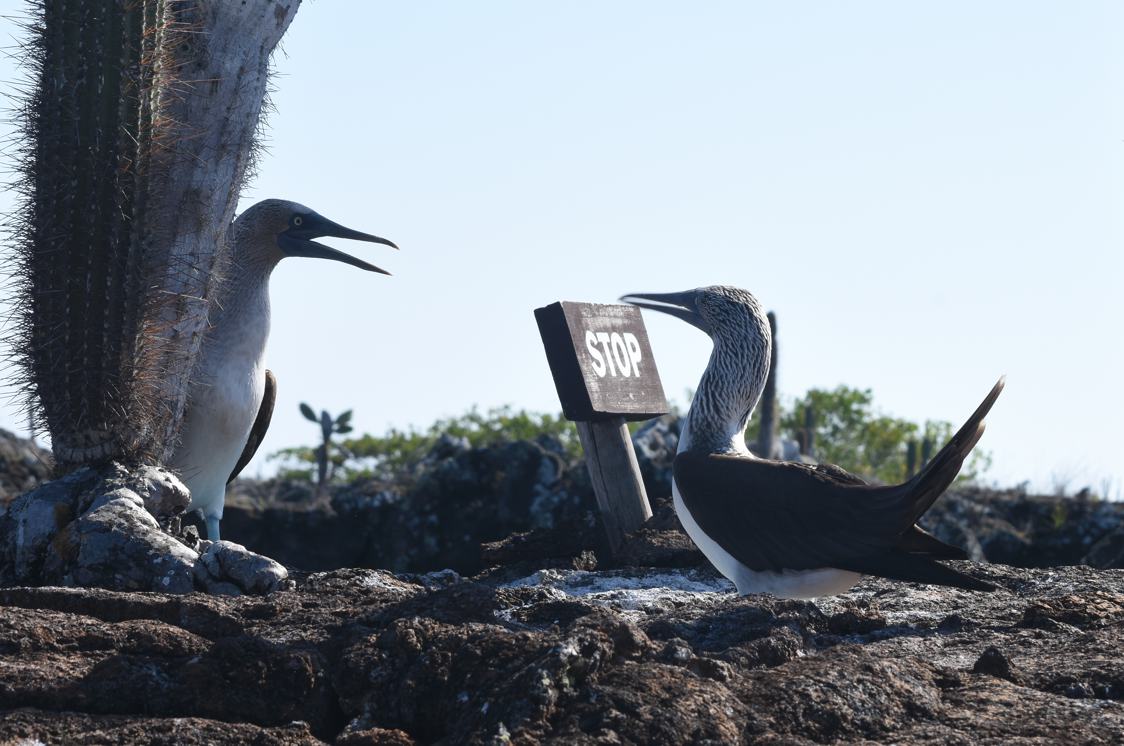
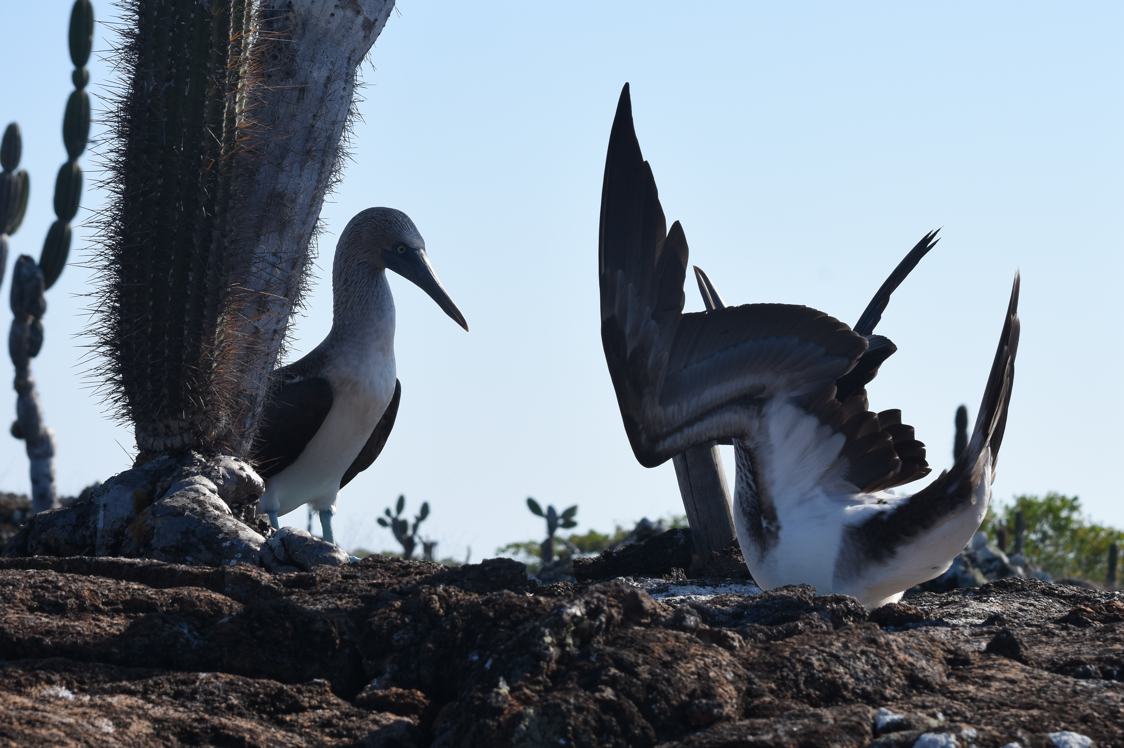
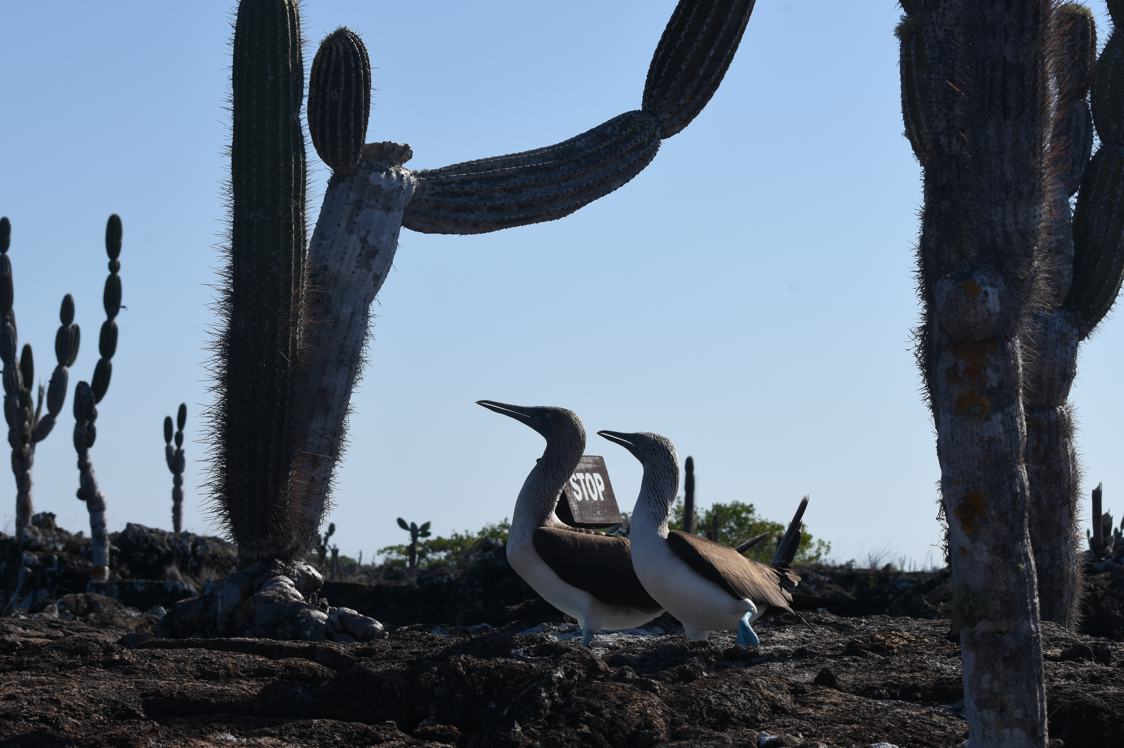
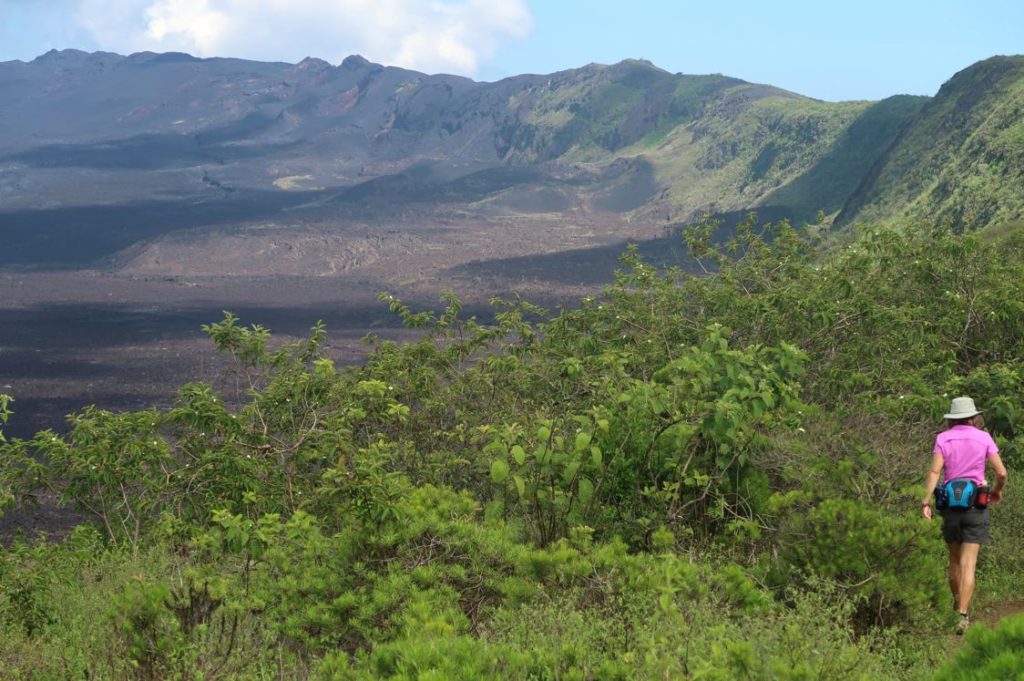
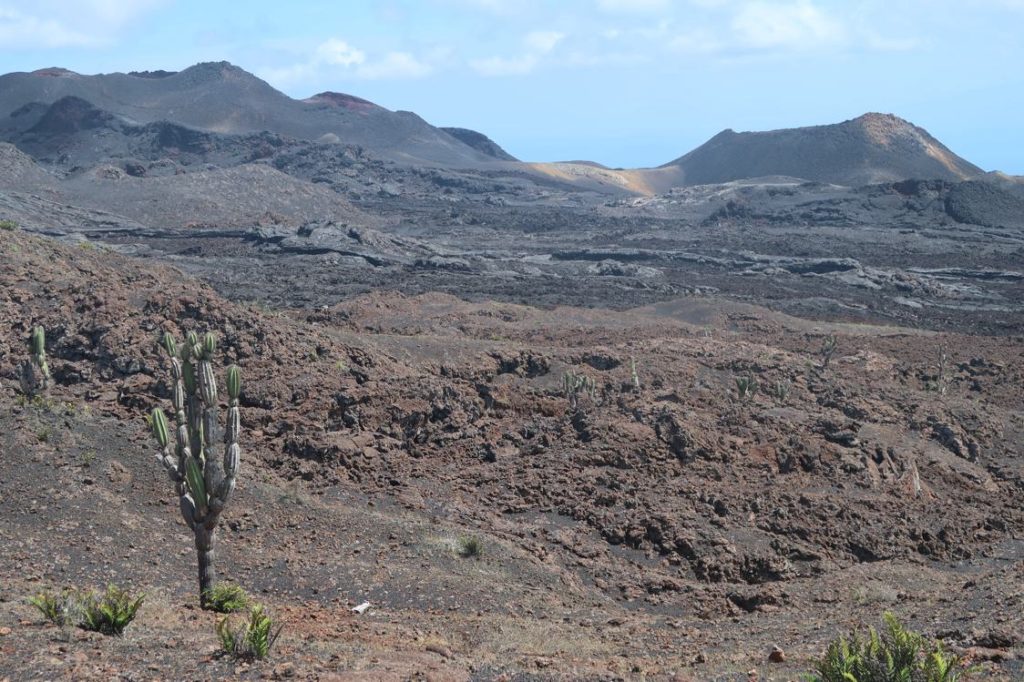
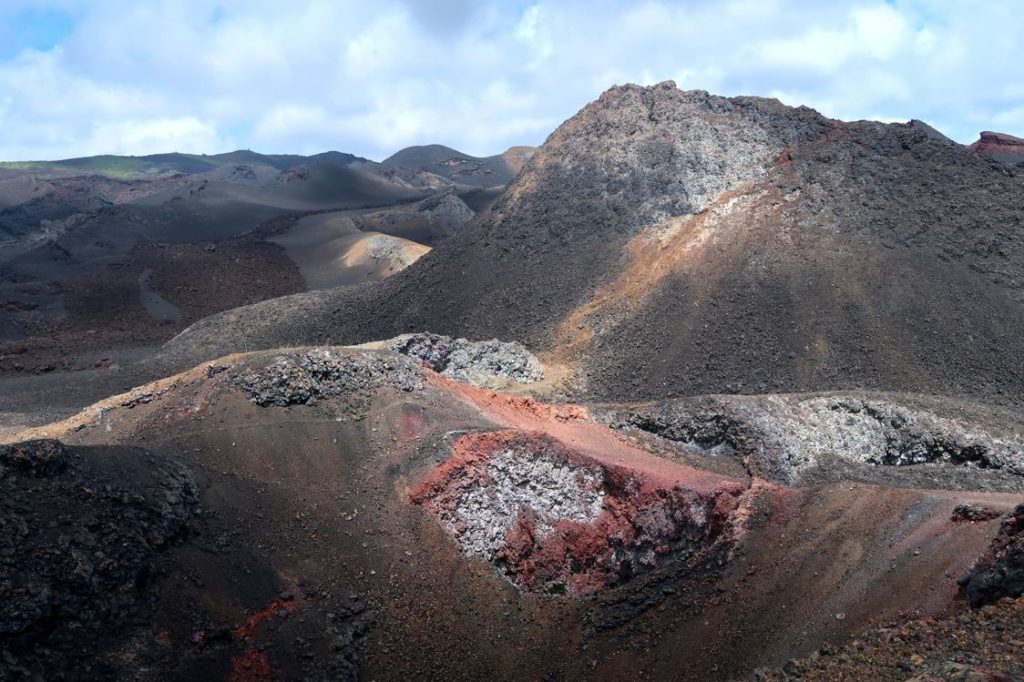
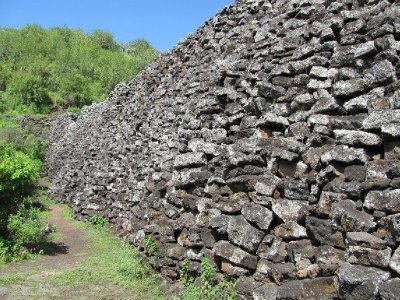
6 Comments
Ken Dolbear
May 21, 2017 - 10:03 amSuperlatives fail to describe all this. Iguanas, blue footed boobies, sea turtles, mantra rays, volcanic craters, it goes on and on. Just wonderful.
annie
May 26, 2017 - 1:02 amThanks Ken.. it is a truly amazing place to visit x
Liz Billington
May 23, 2017 - 1:35 pmAmazing – how lucky you are. Bon voyage and look forward to reading the next exciting episode from the Marquesas x
annie
May 26, 2017 - 1:04 amThanks Liz. We are loving the Marquesas. It is spectacular here xx
Steve
June 3, 2017 - 3:24 pmWow!
annie
July 9, 2017 - 10:39 pm!!! xxx